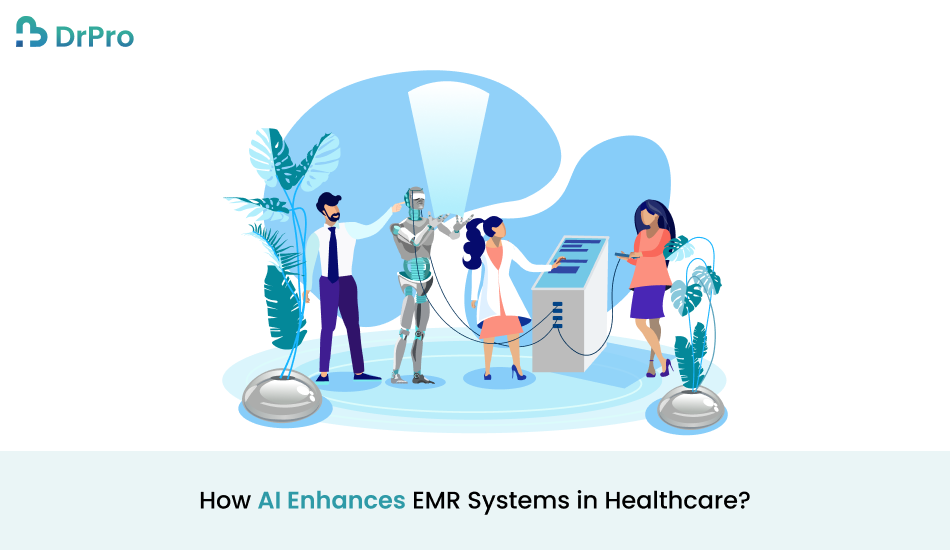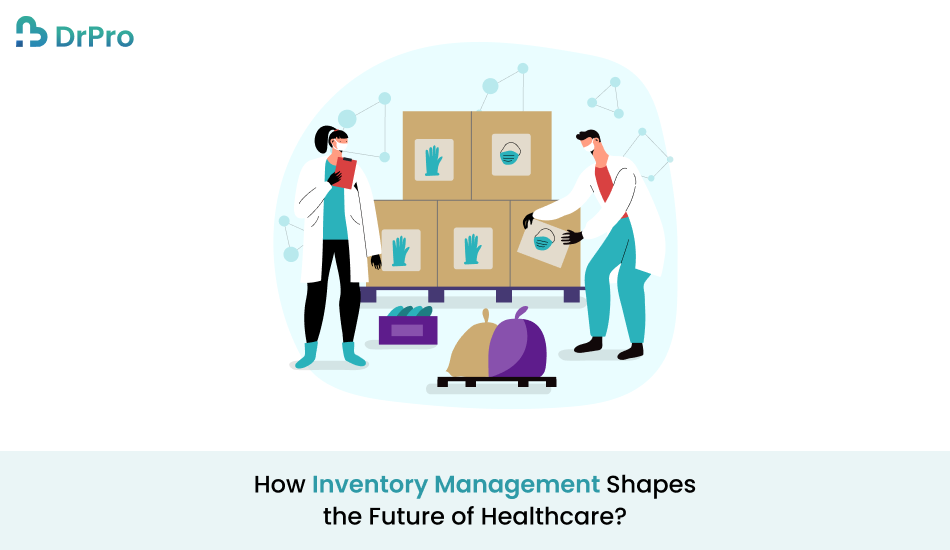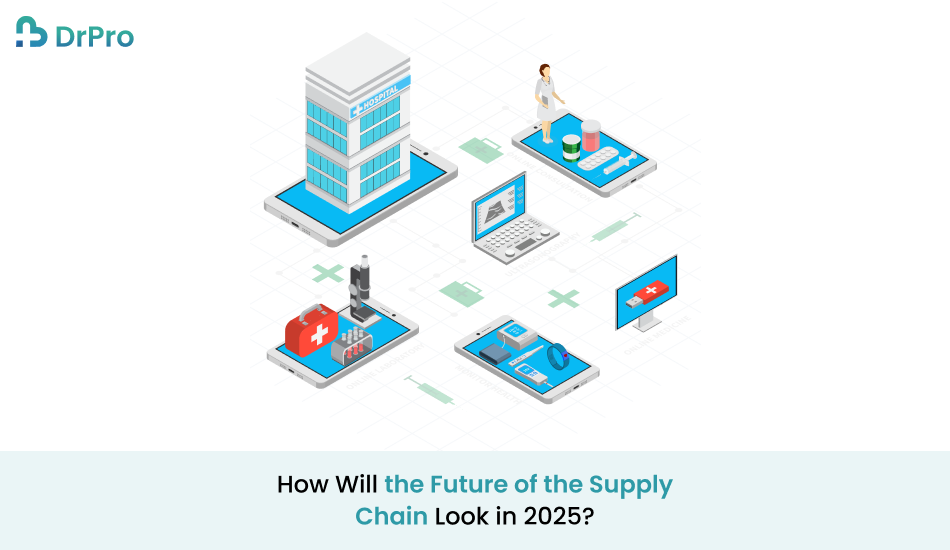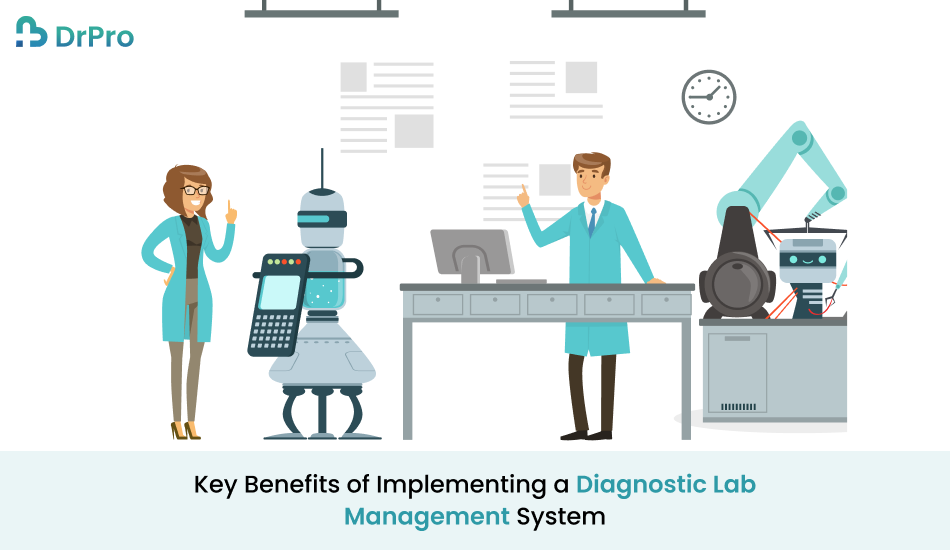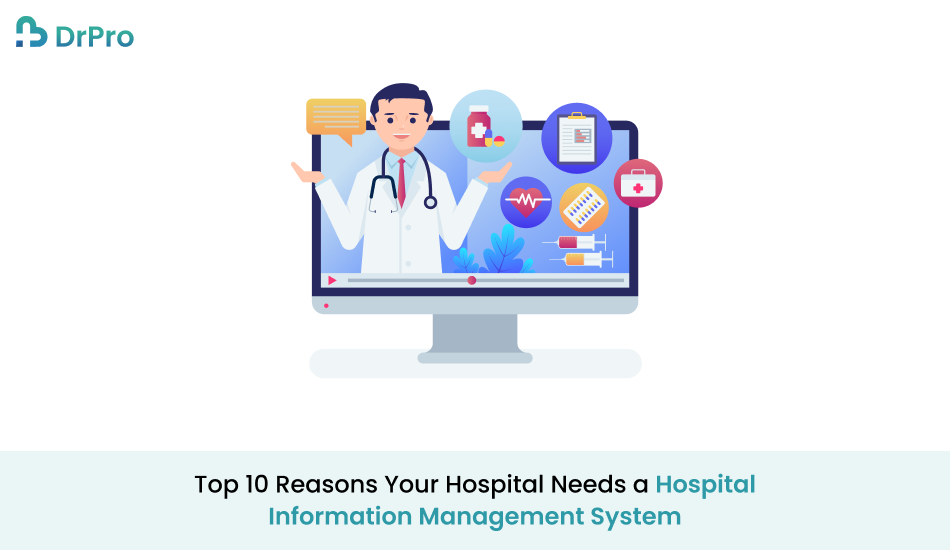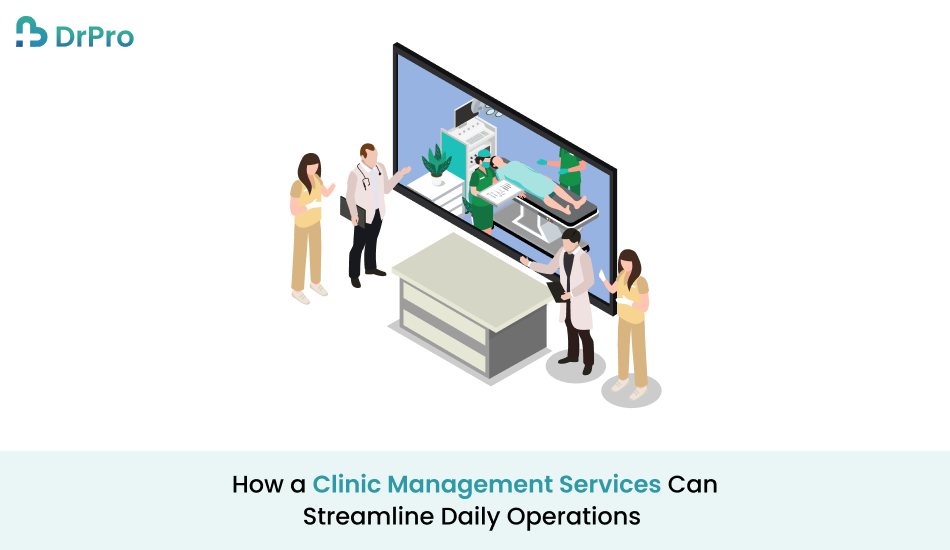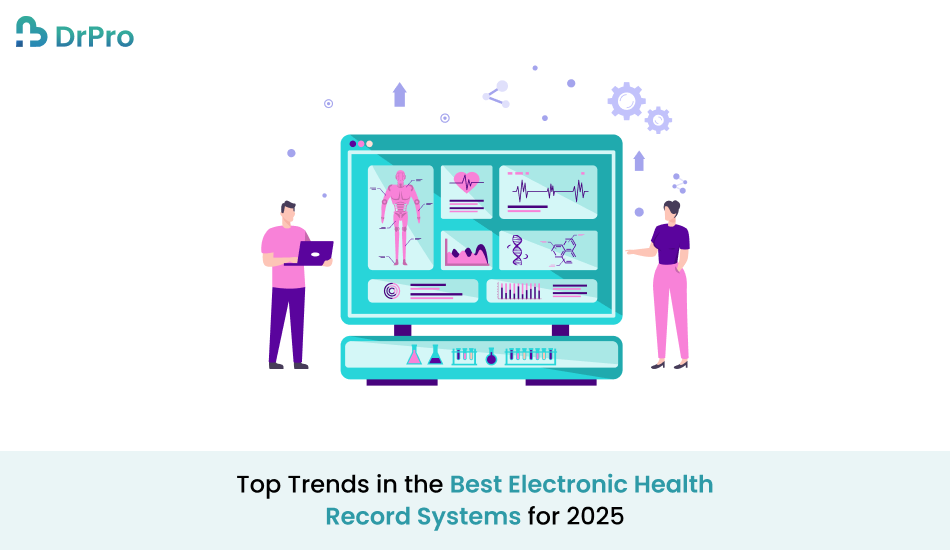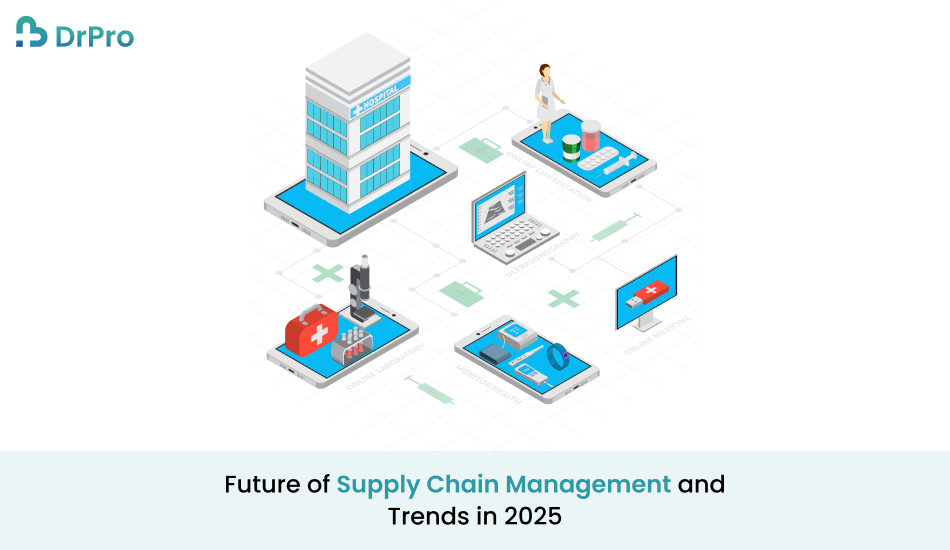How AI Enhances EMR Systems in Healthcare?
The adoption of AI in the healthcare sector has changed how we design EMR systems. These systems and applications, critical to patient record-keeping and operational processes, have become over time intelligent and effective with the application of AI. Integration of AI in EMR systems has provided new opportunities to get a higher level of patient treatment and satisfaction, optimizing administrative procedures, and making a better decision in healthcare settings. It looks at the use of AI in EMR systems, what it can do, and how it is changing the healthcare industry and the experiences of healthcare providers and consumers. How Is AI Being Used in EMR Systems? AI has become integrated into AI in EMR systems in many healthcare facilities and these have impacted how patient data is managed, the flow of operations, and patient care delivery in a great way. Using modern algorithms, machine learning, and sophisticated NLP, it is modernizing the EMR systems beyond anyone’s imagination. Here’s a detailed exploration of how AI is being utilized in EMR systems: 1. Data Processing and Organization AI algorithms allow vast medical records to be sorted and classified to meet the tasks of sorting and retrieving data. This allows the HCPs to find the relevant information they may need in the course of patients’ consultations without wasting a lot of time. 2. Clinical Decision Support Automating the diagnosis of EMR data reveals data insights that are useful to all stakeholders. For example, they can warn of interaction with other medications, point out a high level of some enzymes in the bloodstream, or recommend a course of therapy depending on the patient’s previous history. 3. Predictive Analytics In the case of AI in EMR systems, AI will be able to diagnose a patient’s condition and even predict their future based on past data. For instance, machine learning algorithms can locate patients who are most likely to be readmitted so that any complications can be addressed in good time. 4. Voice Recognition and Natural Language Processing (NLP) Some doctors can speak into an application that enables them to make notes directly on the EMR without typing. There’s also an ability to take data from unstructured information such as clinical notes, and include that data in the AI in EMR systems. 5. Personalized Treatment Plans EMR data is used by AI algorithms to develop artificial individualized care plans that will suit different patients. This makes sure that treatment plans are not only relevant but also fit the needs of a particular patient/client. Example in Practice: Consider a hospital where the AI-integrated EMR flags the physician about a patient’s deteriorated kidney function based on the result of a recent lab test and the records of medication the patient has lately taken. The system suggests that the treatment plan be altered making it easier for the physician to make recommendations. What Are the Advantages and Benefits of Using AI in EMR Systems? Over the past few years, Artificial Intelligence (AI) has been introduced into the Electronic Medical Records (EMR) systems. With AI in EMR systems being uplifted by AI, work processes are made easier and patient care is improved while operations are made more effective. When it comes to AI in EMR systems and the future of healthcare management, many scenarios include fully automating such processes as well as carrying out others together with analyzing the results afterward. In this article, the main benefits of introducing AI to EMR systems are going to be discussed, indicating how this technology is going to change the ways of patient treatment and administrative work. 1. Improved Accuracy AI reduces the chances of making mistakes by eliminating the tasks of coding and billing by the use of computer programs. For instance, it also can correctly recognize billing codes, eliminating the variations. 2. Time-Saving This paper established that manual documentation tends to take a lot of time. Such routine tasks like completing a form by speaking, or auto-filling a form based on the voice command applied to the device also ease these processes to a greater extent for healthcare providers thus enabling them to concentrate on attending to their patients. 3. Enhanced Patient Outcomes By adopting AI in EMR systems, healthcare providers can use tangible data to make more right decisions to enhance diagnosis and treatment results. For example, it is possible to predict signs of the development of chronic diseases using predictive analytics. 4. Cost Efficiency AI saves time on activities like making appointments and billing hence reducing operation expenses. In addition, predictive tools can contribute to the cost-effective control of medical complications. 5. Data Security and Compliance By providing lessons learned AI algorithms guarantee AI in EMR systems work in compliance with the regulations, such as HIPAA, and to have strong levels of security protecting patients’ data. Anecdote: A mid-sized clinic adopted an artificial intelligence-enabled EMR and attempted to improve the appointment scheduling mechanism. In several months, mean patient waiting time slashed down to 20% which in turn boosted the level of consent among patients and renewed productivity among staff members. How Is AI Changing Healthcare? AI is however approaching the healthcare industry from all fronts through the innovation of EMR as shown in this article. Apart from simple record keeping, AI-enabled EMR systems are gradually becoming the keystone of patient care management. 1. Facilitating Interoperability AI makes it easy for information to pass between different systems and possibly between different caregivers hence ensuring patient data is passed from one provider to another or from one facility to the next. This means a lot in the integration of care since it is essential to care for patients with multiple ailments. 2. Reducing Burnout The following is the fact, that many healthcare employees are stressed and burnt out because of excessive administrative work. Due to the resulting reduction in the required manpower for tasks like charting and data entry being implemented by AI, this becomes less of a problem in AI in EMR systems that have incorporated the technology
How AI Enhances EMR Systems in Healthcare? Read More »


